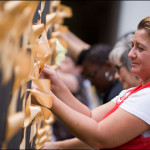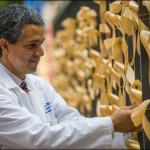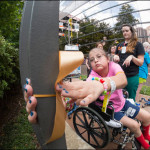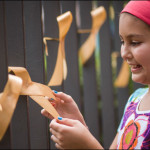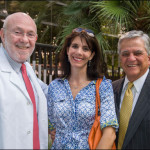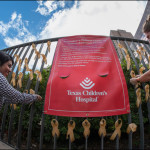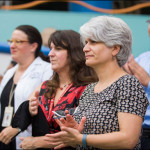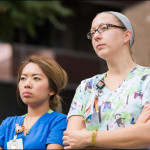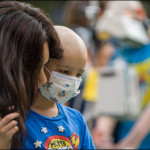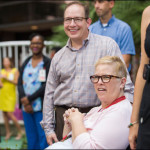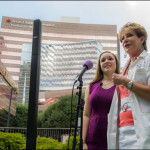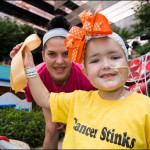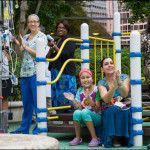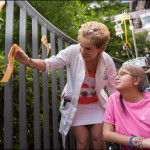
Texas Children’s is all about improving patient outcomes. Every day, we’re creating a healthier future for children through excellence in patient care, education and research.
A perfect example of this is Texas Children’s Neuroscience Center, where neurologists and neurosurgeons partner with researchers from the Jan and Dan Neurological Research Institute (NRI) to improve the lives of children with brain disorders.
A video spotlight of the Neuroscience Center features powerful testimonials from patients and experts in the field. Dr. Gary Clark, chief of Neurology; Dr. Thomas Luerssen, chief of Neurosurgery; Dr. Huda Zoghbi, director of the NRI; and Dr. Anne Anderson, medical director of the Epilepsy Monitoring Unit; share their team’s contributions to the Neuroscience Center, which have led to incredible advances in the way we diagnose and treat neurological disease and improve patient outcomes.
Children receive comprehensive, multidisciplinary care from a diverse team of specialists at the Neuroscience Center. On average, more than 30,000 clinic visits and 900 surgeries are performed at our facility each year.
Patients like 17-year old Ellie – whose battled seizures since she was a year old – came to the Neuroscience Center after exhausting all avenues. Today, her future is bright.
 “When I was younger, I was not able to go out and do things on my own, like walk a dog or go to school,” said Ellie. “The seizures used to be daily, sometimes four or five times a day. Texas Children’s has given me my life back.”
“When I was younger, I was not able to go out and do things on my own, like walk a dog or go to school,” said Ellie. “The seizures used to be daily, sometimes four or five times a day. Texas Children’s has given me my life back.”
Ellie’s story is one of many success stories emerging from the Neuroscience Center, where our team of experts use a multidisciplinary approach to improve patient outcomes.
“We coordinate multiple specialties to treat children with neurological disorders in a profoundly different way,” said Dr. Clark.
Neurologists collaborate with neurosurgeons to deliver complete care in more than 12 pediatric specialty clinics, including our recently expanded Epilepsy Monitoring Unit, which closely monitors and treats patients with epileptic seizures.
The Neuroscience Center brings together a diverse group of pediatric specialists representing different areas of expertise:
- Neurology
- Neurosurgery
- Neurophysiology
- Neurological Critical Care
- Genetics
“From diagnosis to treatment – whether it involves surgery, inpatient rehabilitation or access to a clinical trial – patients receive the full complement of services in one location,” said Dr. Luerssen.
However, the Neuroscience Center would not be this successful without the support of the NRI at Texas Children’s. Under the leadership of Dr. Zoghbi, scientists work tirelessly each day to uncover the genetic mutations responsible for a number of rare neurological disorders.
“Without research, it’s almost impossible to understand these devastating disorders,” said Zoghbi. “The NRI is the home of many physicians and physician-scientists who study brain disorders, in the hope of developing new therapies to improve the quality of life for our patients.”
Click here to learn more about the NRI. Click here to visit the Neuroscience Center website.









